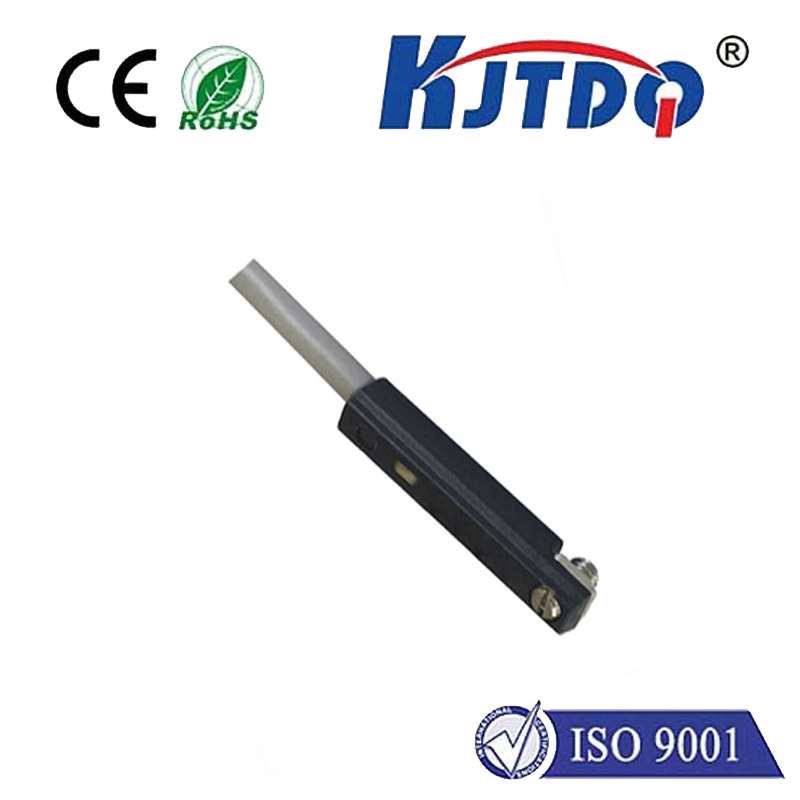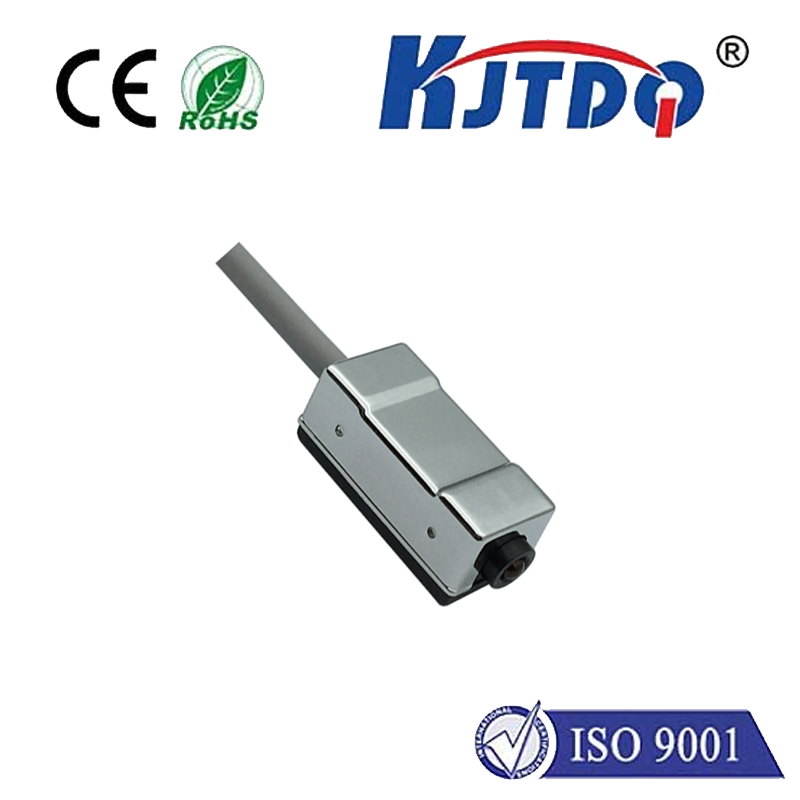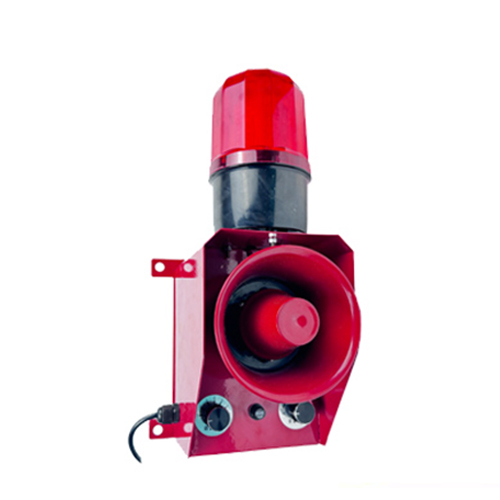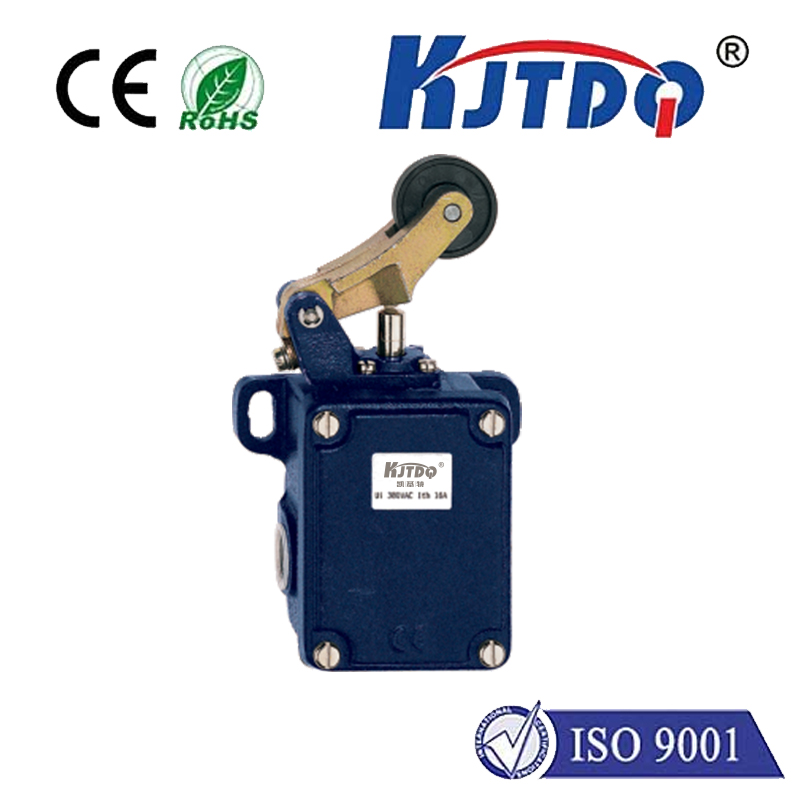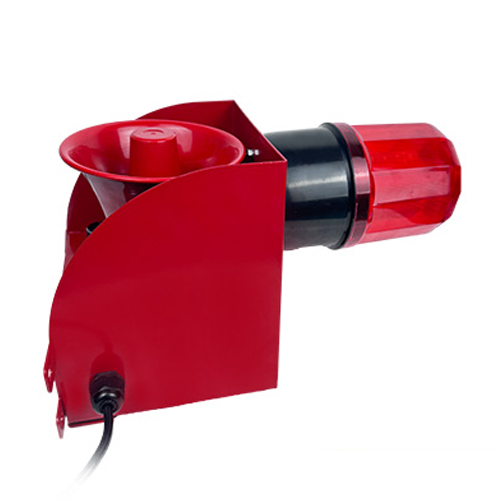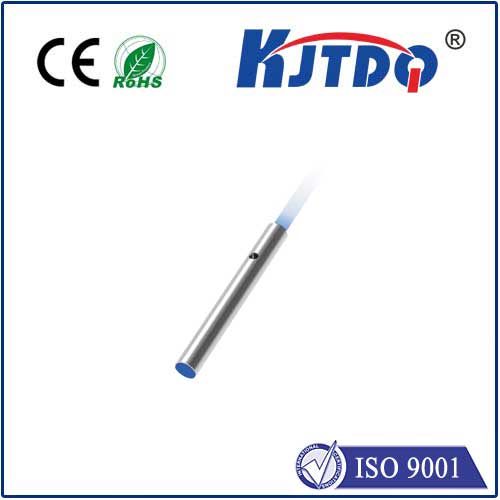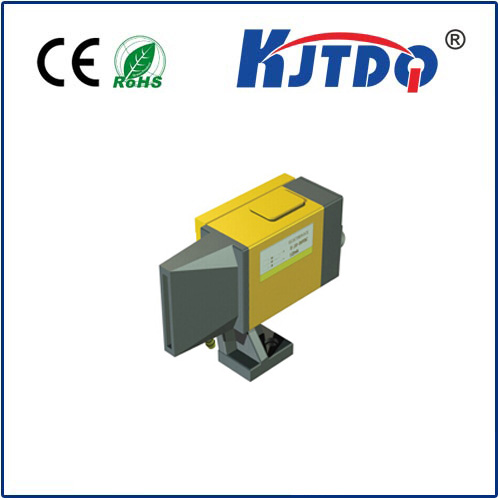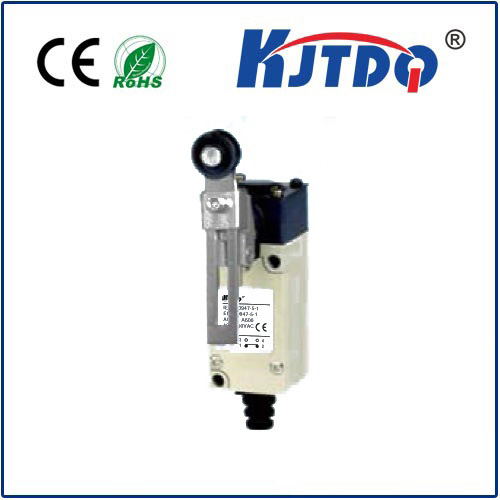laser tachometer sensor
- time:2025-08-29 02:54:46
- Click:0
The Precision Powerhouse: Unlocking Accurate Measurements with Laser Tachometer Sensors
Imagine needing to check the speed of a spinning fan blade, a whirring motor shaft, or a conveyor belt pulley. Traditionally, this meant risky physical contact with a mechanical tachometer or complicated setups. But what if you could get an instant, highly accurate reading from a safe distance, with nothing more than a point of light? Welcome to the world of the laser tachometer sensor, a revolutionary tool transforming how we measure rotational speed.
These sophisticated devices are the epitome of non-contact measurement technology. At their core, a laser tachometer sensor uses a highly focused beam of laser light directed onto a rotating surface. A small piece of reflective tape is typically applied to the target. As the marked surface spins, it reflects the laser beam back to a sensitive infrared sensor embedded within the tachometer unit. Each time the reflective tape passes under the beam, it generates a distinct pulse of reflected light.
This is where the magic happens: the tachometer’s internal processor meticulously counts these light pulses over a precise period. By analyzing the frequency of these pulses – how many occur per second – the device effortlessly calculates the rotational speed. The result? A clear, real-time RPM measurement displayed instantly. This fundamental principle of converting light reflection events into precise speed data makes laser tachometers incredibly versatile and user-friendly.
Why Choose a Laser Tachometer Sensor? The Compelling Advantages

The shift towards laser tachometer sensor technology is driven by several distinct and powerful advantages:
- Unmatched Precision: Laser targeting offers exceptional accuracy, often within fractions of an RPM. Unlike mechanical methods prone to slippage, the non-contact nature ensures the measurement isn’t influenced by friction or wear on the device itself. This makes them ideal for calibration, quality control, and diagnostic tasks where exact numbers are critical.
- Superior Safety: This is perhaps the most significant benefit. Engineers and technicians can measure the rotational speed of dangerous or inaccessible equipment – think hot motor shafts, fast-moving blades within enclosures, or components in hazardous environments – without any physical interaction. Maintaining a safe distance vastly reduces workplace accidents.
- Non-Contact & Non-Intrusive: The laser tachometer sensor doesn’t need to touch or physically couple with the target. This eliminates any risk of damaging delicate machinery, altering its operating characteristics, or causing vibration. You simply point, shoot, and get your reading. There’s no need to stop machinery or disassemble parts for measurement, significantly boosting efficiency.
- Remarkable Versatility: From tiny micro-motors and computer fans to massive turbines and industrial rollers, a single non-contact tachometer can handle a vast range of applications. As long as the reflective tape can be placed (or a natural contrasting mark exists), the laser sensor can typically acquire the speed. They are indispensable across industries like automotive, manufacturing, HVAC, aviation, and research labs.
- Simplicity and Speed: Operation is usually intuitive. Point the laser dot at the reflective mark, press a button, and read the RPM display. No complex setups, mechanical adjustments, or lengthy processes are required, streamlining workflow and saving valuable time.
- Diagnostic Power: Beyond just speed, observing fluctuations or inconsistencies in RPM readings can be a powerful diagnostic tool for identifying issues like belt slippage, bearing wear, motor inefficiency, or electrical problems within drives.
Where Laser Tachometers Shine: Key Applications
The practical uses for laser tachometer sensors are extensive:
- Industrial Maintenance & Troubleshooting: Measuring motor, pump, fan, blower, gearbox, and conveyor belt speeds on the factory floor to ensure optimal operation and identify potential failures before they cause downtime.
- Automotive Diagnostics: Checking engine idle RPM, alternator pulley speed, cooling fan operation, or troubleshooting drivetrain vibrations without intrusive methods.
- HVAC Systems: Verifying fan speeds in air handlers, condensers, and exhaust systems for balancing and efficiency checks.
- Laboratory Research & Development: Providing precise rotational speed data for prototypes, small-scale models, or experimental setups where minimal interference is paramount.
- Quality Control: Ensuring manufactured components like spindles or rotors meet specified RPM tolerances during production.
Choosing the Right Sensor: Factors to Consider
Not all laser tachometer sensors are created equal. When selecting one, consider:
- Measurement Range: Ensure the device covers the minimum and maximum RPM values you typically encounter. High-speed turbines require very different capabilities than slow-turning mixers.
- Accuracy & Resolution: How precise do your measurements need to be? Look for specifications detailing the accuracy percentage (±X% of reading or ±Y RPM) and the smallest increment the display can show (resolution).
- Target Distance: What is the maximum practical distance you need to work from? Sensor range varies significantly between models.
- Display & Features: Consider display readability (backlit?), data hold functions, maximum/minimum tracking, analog outputs, or data logging capabilities if needed.
- Reflective Tape Requirement: While most rely on applied tape, some advanced models can detect naturally occurring surface irregularities or contrasting marks, offering more flexibility in specific scenarios.
Embracing the Future of Speed Measurement
The laser tachometer sensor represents a significant leap forward in rotational speed measurement technology. By combining pinpoint laser accuracy with the inherent safety and convenience of non-contact operation, it has become an indispensable tool for countless professionals. Its ability to deliver fast, reliable RPM measurements on a vast array of targets, from delicate lab equipment to rugged industrial machinery, makes it a cornerstone of modern maintenance, diagnostics, and quality assurance practices. If precise, safe, and efficient speed measurement is your goal, integrating a laser tachometer sensor into your toolkit is a step towards unparalleled performance.






